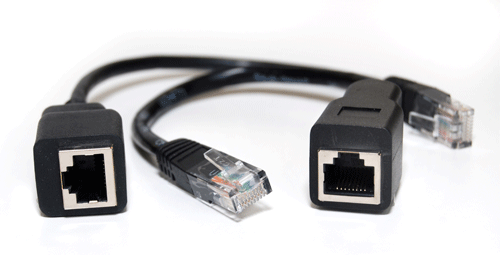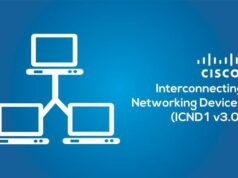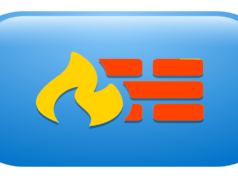
Cabling Cisco Devices :-
Unshielded Twisted Pair (UTP) is a cable that has four pairs of wires twisted inside it to eliminate electrical interference. UTP cables are connected using RJ-45 connectors that have eight connector pins. The data equipment that is used for internetworking is classified as Data Terminal Equipment (DTE e.g. router interfaces) and Data Communication Equipment (DCE e.g. A WAN connects DTEs through DCE network).
UTP cables are used in many configurations and for different purposes, to form an internetwork including:
- Straight-through
- Crossover
- Rollover
Applications of UTP include:
- Serial transmission
- Integrated Service Digital Network (ISDN) connections
- Console connections
- Modular and fixed interfaces
These configurations and applications are discussed below.
Straight-Through Cable
A straight-through cable is the standard network cable connection and is used to connect the source and destination computers through an internetworking device. Specifically, you can use it to connect a host to a hub or switch
Crossover Cable
In a crossover cable, the standard RJ-45 cable between the source and destination computers is cross-connected. A crossover cable can be used to connect:
- Two computers
- Two hubs
- A hub to a switch
- A cable modem to a router
- Two router interfaces
Rollover Cable
These Cisco proprietary cables used to connect to a router or switch console port. In a rollover cable (8 pins), RJ-45 connectors are usually present at each ends and are used to connect router and computer ports. Pin 1 on one end of cable connects to Pin 8 at the other end of the cable, similarly, Pin 2 connects Pin 7, and so on.
Serial Transmission
All WANs use serial transmission, which can pass one bit at a time over a single channel. Cisco provides a 60-pin serial connector for one end of the cable while other end of the cable may be EIA/TIA-232, V.35, EIA/TIA-449, X.21 or others;
ISDN Connections
ISDN refers to a collection of standards that define a digital architecture that can carry integrated voice and data, using the public-switched network. ISDN BRI (Basic Rate Interface) is a two 64 kbps Bearer channels (2B) plus one 16 kbps Data channel (D) service. ISDN BRI terminates at the customer premise with the U interface.
Console Connections
A console is a type of DTE through which commands are entered into the host device. Most Cisco devices support the RJ-45 console connection. A rollover cable with an RJ-45 connector is used to connect the PC or terminal to the console port of the Cisco device.
Modular and Fixed Interfaces
Unlike a fixed interface router, a modular interface router allows you to add new interface cards without buying a new router.
Hope you like my post Cabling Cisco Devices. Please Share with others.
. For more tips visit my other website www.rumyhacktips.com



